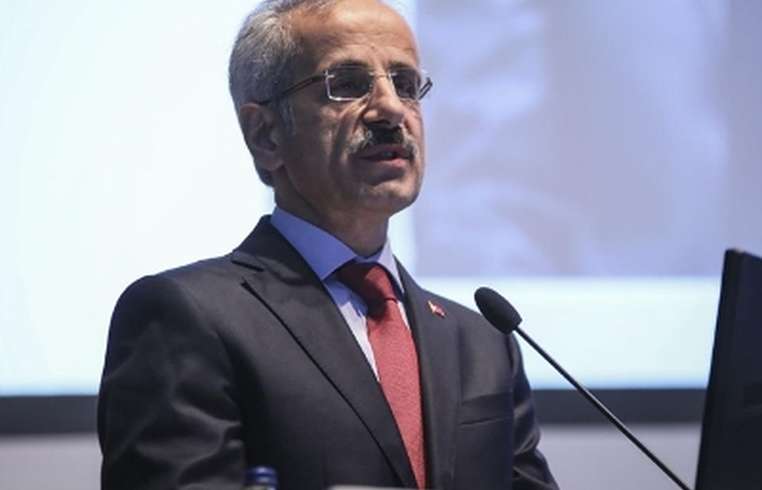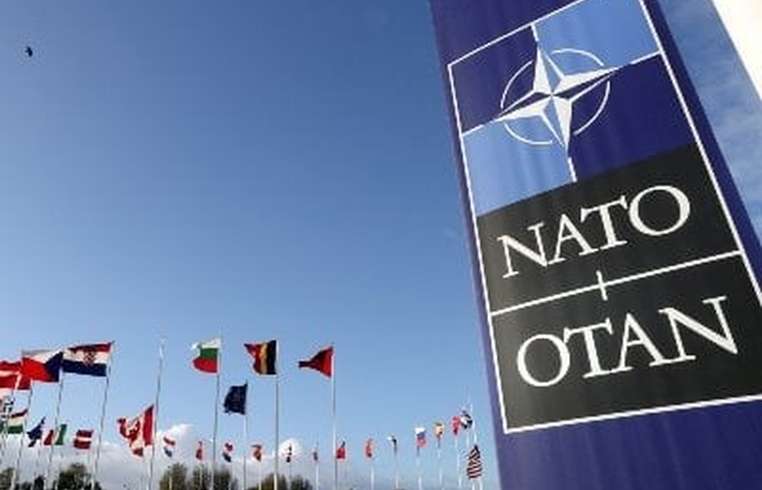
News - Armenia FM to Al Jazeera: We believe there is real momentum for establishment of lasting peace in our region
Business Strategy
Armenia FM to Al Jazeera: We believe there is real momentum for establishment of lasting peace in our region

During his official visit to Qatar on Sunday and Monday, Minister of Foreign Affairs of Armenia Ararat Mirzoyan gave an interview to the leading news channel Al Jazeera, with around half a million audience. The interview was published in Arabic and English versions. During the interview Mirzoyan spoke about the vision of Armenia on reaching lasting peace in the region, the process of normalization of relations with Azerbaijan, the Crossroads of Peace project developed by the Government of Armenia, the situation around Gaza and Armenia’s approaches for the settlement of this conflict, as well as Armenia’s relations with Russia, the EU, and the US Let’s talk about the relations with Azerbaijan. What is the situation now, after the developments around Nagorno-Karabakh? Well you probably know that we are engaging in a peace process with Azerbaijan and the Armenian side truly believes that there is a real momentum for the establishment of lasting peace in our region based on certain principles, for instance, the mutual recognition of territorial integrity. The Prime Minister of Armenia and the President of Azerbaijan have publicly reassured, we confirmed several times that mutual recognition of the territorial integrity between the countries should take place based on the 1991 Alma-Ata Declaration and the further delimitation process of the border between the two countries also should take place on the basis of Alma-Ata Declaration. To put the long story short, this is basically a document which was signed by eleven former Soviet Union Socialist Republics in 1991, and in this document, these Republics stated that former administrative borders between Socialist Republics are now recognized as internationally recognized borders between already independent countries. Basically, we have the border and mutual recognition of the territorial integrity and delimitation based on the Alma-Ata Declaration, this means that borders existed in 1991 they should be reproduced on the ground now, and interestingly, just recently, the heads of respective border commissions of the two countries, the Deputy Prime Ministers of both countries, came to an agreement that delimitation should take place according to the Alma-Ata Declaration and the Rules of Procedures of the delimitation also should refer to this Declaration. This is one of the principles, and if we succeed in having the reference to the Alma-Ata Declaration as a political basis for the delimitation, as a political basis for the mutual recognition of territorial integrity in the draft of the peace treaty over which we negotiate, then we can say that we are very close to the final settlement.






